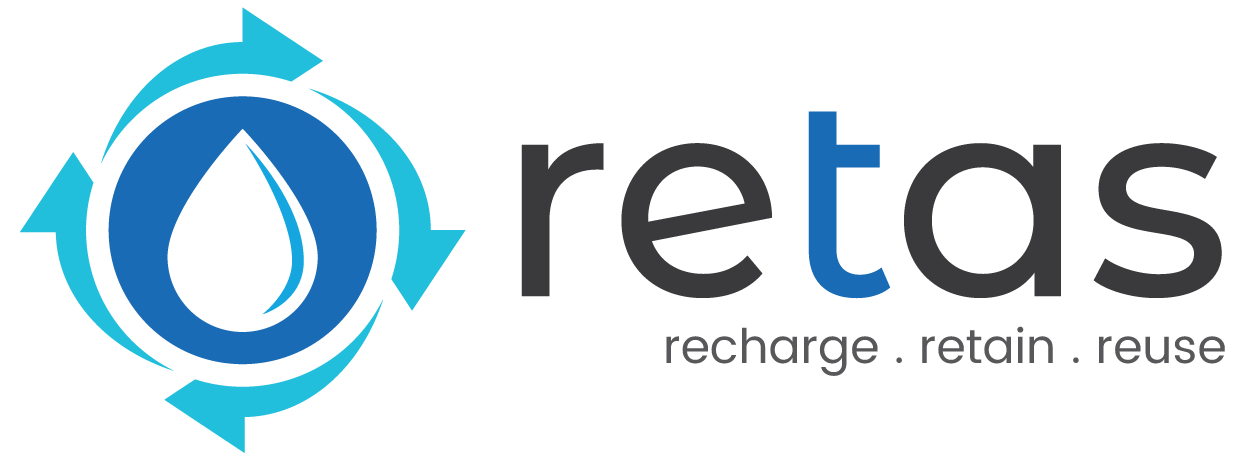Stormwater Management
Stormwater Management: Understand its Importance & Functioning
Rapid-growing urbanization and uncontrolled changes in the natural landscape raised major problems for Indian cities. Consequently, natural calamities like floods are gradually increasing every year in our urban and semi-urban areas, requiring effective improvement of drainage systems.
The Centre for Science and Environment has published a report for Hyderabad that talked about several flooding episodes. The city is the fastest-growing urban space in India as it recorded 5% population growth. In 2020, the city witnessed 200mm rainfall overnight. More than 76 people died and damaged the economy by around 1000 crores. And the ultimate cause is limited stormwater channels. Now, you can imagine the situation in other cities during heavy rainfall.
Stormwater management
Stormwater management is the process of controlling and usage of stormwater runoff. From planning for runoff to maintaining stormwater systems to streamlining its collection, storage, and movement, effective management covers all aspects of stormwater runoff. The design of drainage of cities and housing developments also comes under the management of stormwater.
With the primary objective of protecting our environment, stormwater management tackles the process of stormwater runoff. Generally, the water from rain and melting snow is referred to as stormwater. If we can build a strong stormwater management system, we can reduce flooding and protect people and property.
Objectives of stormwater management:
- Reduce demand on public stormwater drainage systems
- Support healthy streams and rivers
- Build healthier and more sustainable communities
- Offer environmental, social, and economic benefits to local communities.
Successful implementation of stormwater management ensures cleaner streams, wells, rivers, and lakes. It also reduces the risk of flooding and costs associated with it and increases the quality of life.
Stormwater Management: Types, Benefits, & Drawbacks of
Types of stormwater management
Stormwater management is designed to store and treat runoff water for further use. For further clarification, you can classify the system into two broad categories:
- Storage-type devices
- Infiltration type devices.
Storage type devices
- Detention ponds
- Retention pond
- On-site detention
- Rainwater harvesting
- Artificial landscapes
Detention ponds
We can store stormwater through natural depressions called detention ponds. These ponds may get dried when no precipitation happens. When you store water, the solids will settle at the bottom of the pond and should be removed from time to time. However, you cannot remove dissolved substances by this method. Therefore, you can use detention ponds to control flood and water pollution.
Retention pond
As the word suggests, these ponds are used for the retention and treatment of polluted water. Through retention, the pollutants get removed and enhance the water quality. In these ponds, you can store water for 2 to 4 weeks. This is a cheap and effective method to store stormwater. Usually, they do not get dried.
On-site detention
In on-site detention, you can store water on the site of the property where it falls. It is mainly used in urban and residential areas. Furthermore, you can reuse or release the water slowly.
Rainwater harvesting
Rainwater harvesting is an effective method for urban and rural areas. It conserves portable water and reduces stormwater runoff. Generally, rainwater harvesting is used for irrigation and flushing toilets and can be used for drinking water only after treatment.
Artificial landscapes
Artificial landscapes are man-made habitats such as recreation, birdlife, and more. They are designed to streamline peak flows and are usually found in cities. With this method, we can improve the quality of surface runoff.
Infiltration type devices
- Infiltration trenches
- Grass filter types
Infiltration trenches
You need to dig shallow excavations and fill them with crushed stones of uniform size. Use geotextile to line the walls so that you can avoid the penetration of sand and silt. Once the stormwater infiltrates through the trenches, it reaches the subsoil and gets treated. Generally, you will find trenches beside streets and outdoor parking spaces.
Grass filter types
When the runoff water is used to cultivate plants and grass, its velocity decreases. It traps the sediments and increases the infiltration.
Benefits of Stormwater management
- Proper drainage of surface water runoff
- Early treatment of stormwater
- Prevent floods and damage to infrastructure
- May recharge groundwater and reuse precipitation water and surface run-off
- Can integrate into the urban landscape and offer green as well as recreational areas.
Drawbacks of stormwater management
- Proper maintenance, implementation, operation, and expert planning are required.
- Enough labour and operation are required accordingly.
- Due to high sedimentation rates, the risk of clogging infiltration systems is there.
Efficient and effective stormwater management ensures the proper functioning of roads and other infrastructure. It also enhances environmentally sensitive planning and quality of life in cities.
We need a properly planned approach for the effective management of stormwater that should be based on the principles of urban watershed management. It enables us to maintain the quality and life of infrastructure and overall standard of living. It also boosts the capability of a city to lower the risks of flood disasters when there is high-intensity rain. Therefore, we need an expert panel of hydrologists, engineers and environment experts.



